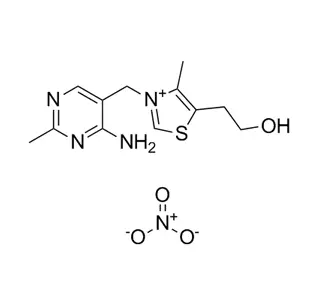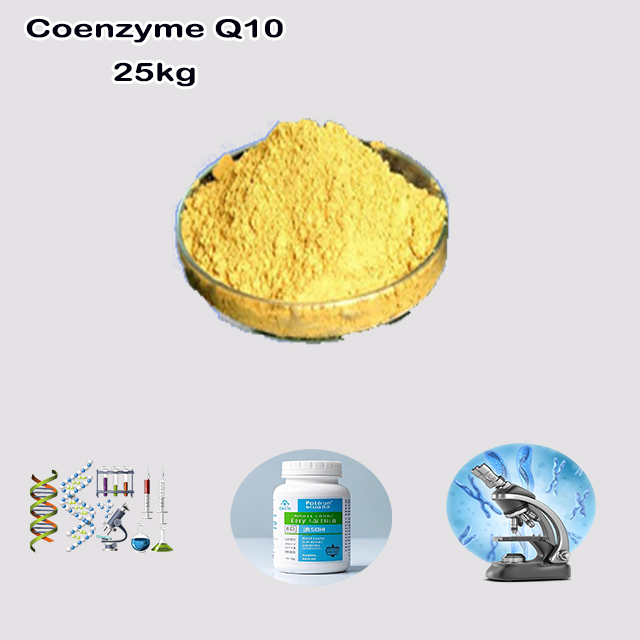
Search

Search

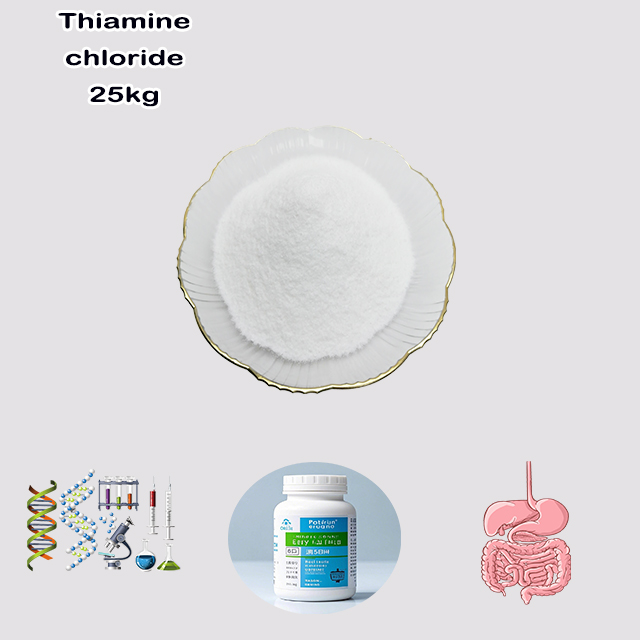
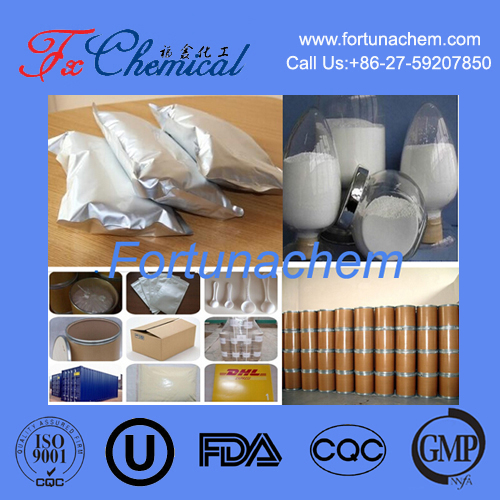
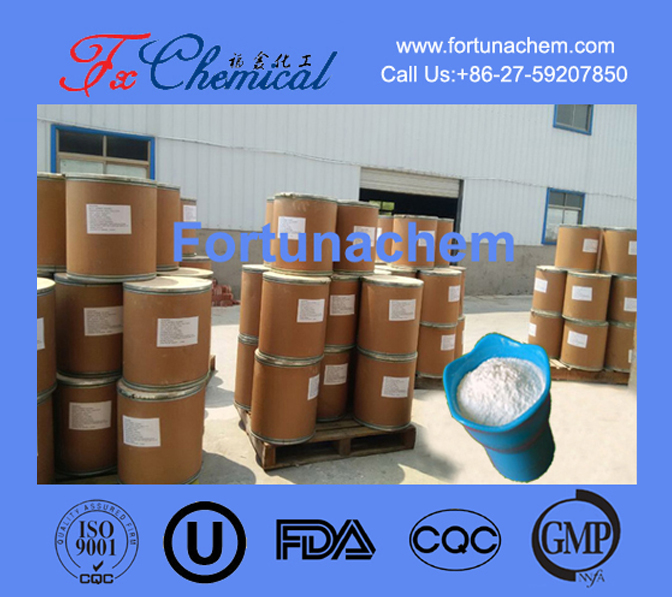
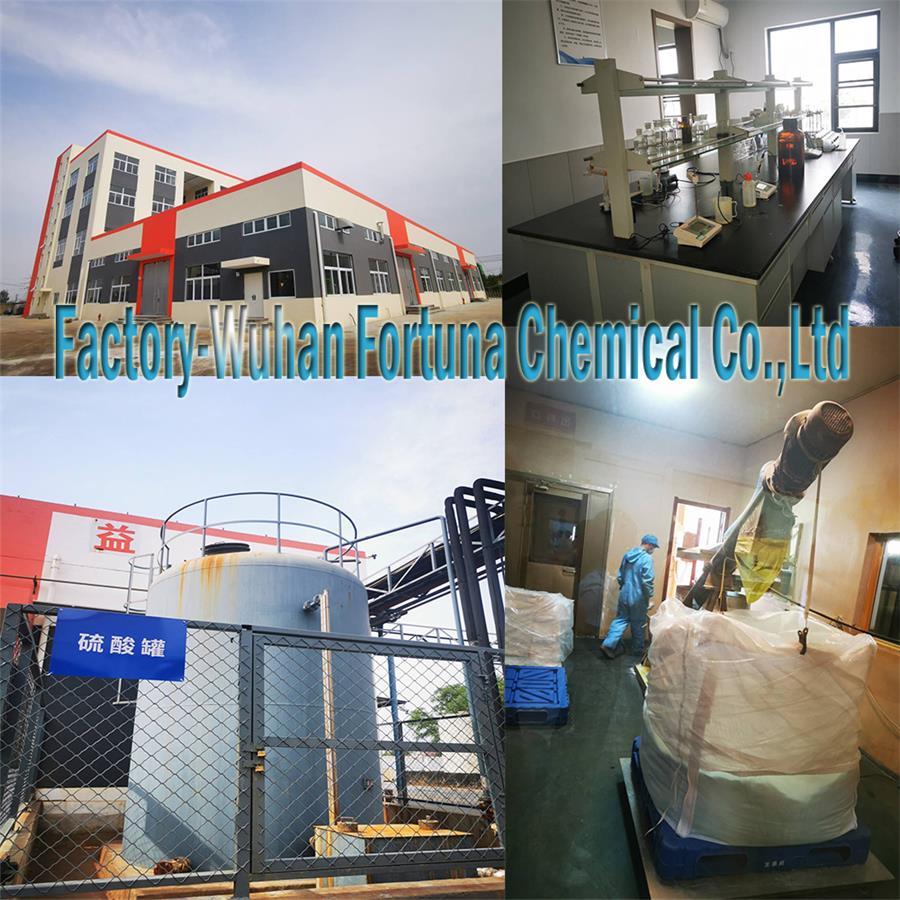
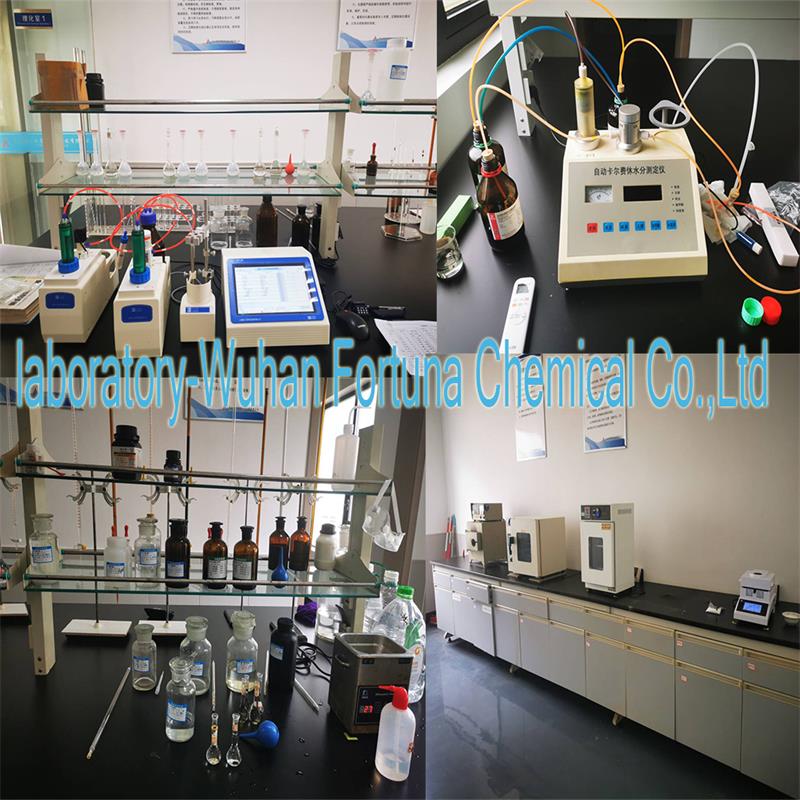





Thiamine chloride (Vitamin B1) is one of the B vitamins; it is suitable for vitamin B1 deficiency. It has the function of maintaining normal glucose metabolism and nerve conduction, and is also used for adjuvant treatment of indigestion and neuritis.
Vitamin B1 is an essential water-soluble vitamin that the human body cannot synthesize by itself and can only be supplemented through daily diet. Vitamin B1 in the human body is mainly involved in energy metabolism and sugar metabolism, as well as the normal operation of the nervous system, cardiovascular system and digestive system, when vitamin B1 deficiency, can lead to a series of oxidative reactions in the body blocked, lactic acid, pyruvate and other harmful substances accumulate in the body, thereby causing multiple peripheral neuritis, manifested as neuralgia, muscle aches, limb weakness, etc., causing myocardial metabolism disorders, manifested as palpitations, peripheral edema, severe heart failure can occur, causing abnormal digestive function, manifested as indigestion, Lack of appetite, constipation, weight loss, etc.
| Item | Specifications | Results |
| Appearance | White or almost white crystalline powder | White crystalline powder |
| Heavy Metal | ≤20ppm | Conform |
| PH | 2.7 – 3.3 | 3.0 |
| Residue on ignition | ≤0.1% | 0.05% |
| Sulphates | ≤300ppm | 0.08% |
| Water | ≤5.0% | 2.1% |
| Assay | 98.5% - 101.0% | 99.6% |
| Product parameters | |
| Cas number: | 59-43-8 |
| Appearance: | White or almost white crystalline powder |
| Purity: | 98.5% - 101.0% |
| Package details: | 25kg/drum |
| Brand: | Fortunachem |
Thiamine Chloride is the most common and stable salt form of Thiamine, which is also known as Vitamin B₁. It is a water-soluble vitamin essential for human health, functioning as a critical coenzyme in cellular energy production.
IUPAC Name: 3-[(4-Amino-2-methylpyrimidin-5-yl)methyl]-5-(2-hydroxyethyl)-4-methyl-1,3-thiazol-3-ium chloride
Other Chemical Names: Thiamine hydrochloride, Aneurine hydrochloride
Molecular Formula: C₁₂H₁₇N₄OS⁺Cl⁻
CAS Number: 67-03-8
The structure of Thiamine Chloride is unique and consists of two linked heterocyclic rings:
Aminopyrimidine Ring: A six-membered ring containing nitrogen atoms (a pyrimidine). This ring has an amino group (-NH₂) which is crucial for its biochemical activity.
Thiazolium Ring: A five-membered ring containing both nitrogen and sulfur. This is the chemically "active" part of the molecule.
The thiazolium ring is positively charged (quaternary ammonium salt). The chloride ion (Cl⁻) is the counterion that neutralizes this positive charge in the salt form.
The hydrogen on the carbon between the nitrogen and sulfur in the thiazolium ring is relatively acidic, which is vital for the vitamin's coenzyme function.
The "Chloride" Part:
Thiamine itself is unstable and hygroscopic (absorbs moisture from the air). By forming the hydrochloride salt, the molecule becomes a stable, crystalline solid that is suitable for storage, pharmaceutical formulation, and food fortification.
The chloride ion (Cl⁻) improves its water solubility, which is essential for a vitamin that must be absorbed in the watery environment of the digestive tract and transported in the blood.
Appearance: Small white crystals or a crystalline powder.
Odor: A characteristic, strong yeast-like or nut-like odor.
Solubility: Very soluble in water, freely soluble in glycerol, and slightly soluble in alcohol. It is insoluble in non-polar organic solvents like ether or benzene.
Stability: It is relatively stable in acidic conditions (pH <5) but rapidly breaks down in neutral or alkaline solutions. Heat can also degrade it, which is why some cooking methods can destroy thiamine in food.
Thiamine Chloride itself is not the active form. Inside the body, it is rapidly converted into its active coenzyme form, Thiamine Pyrophosphate (TPP), also known as Thiamine Diphosphate.
TPP acts as a coenzyme for several key enzymes:
Pyruvate Dehydrogenase: Converts pyruvate (from glycolysis) into Acetyl-CoA, which is the entry point into the Krebs Cycle (Citric Acid Cycle) for aerobic energy production.
Alpha-Ketoglutarate Dehydrogenase: A key enzyme within the Krebs Cycle.
Transketolase: A critical enzyme in the Pentose Phosphate Pathway, which generates pentose sugars for nucleic acid synthesis and produces NADPH for lipid synthesis and antioxidant defense.
Mechanism: The key to TPP's function is the reactive carbon (C2) of the thiazolium ring. It can easily form a "ylide" (a carbanion) that acts as an electron sink, facilitating the decarboxylation of alpha-keto acids (like pyruvate).
Treatment of Deficiency: Prevents and treats beriberi (a disease characterized by neurological and cardiovascular problems) and Wernicke-Korsakoff syndrome (often associated with chronic alcoholism).
Metabolic Disorders: Used in certain inherited metabolic diseases like Maple Syrup Urine Disease.
Food Fortification: Added to white flour, bread, rice, and other staple foods in many countries to prevent widespread deficiency.
Cofactor in Cell Culture: Used in laboratory media for growing cells.
Dietary Supplement: Found in multivitamins and B-complex supplements.
In conclusion, Thiamine Chloride is the stable, water-soluble hydrochloride salt of Vitamin B₁. Its specific chemical structure, particularly the positively charged thiazolium ring, allows it to be transformed into the essential coenzyme Thiamine Pyrophosphate (TPP), which is a cornerstone of central carbohydrate and energy metabolism.
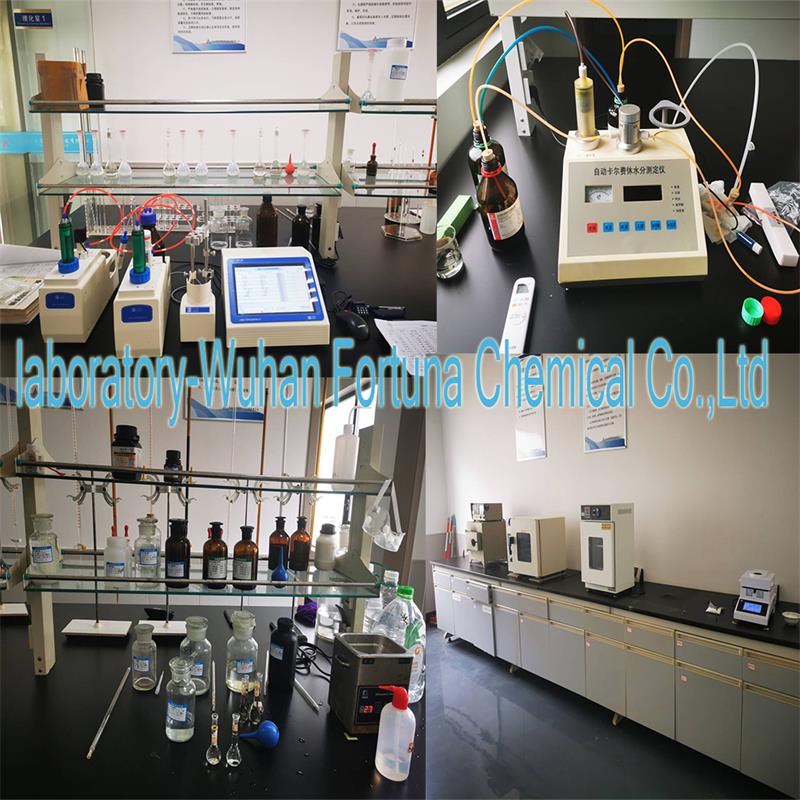
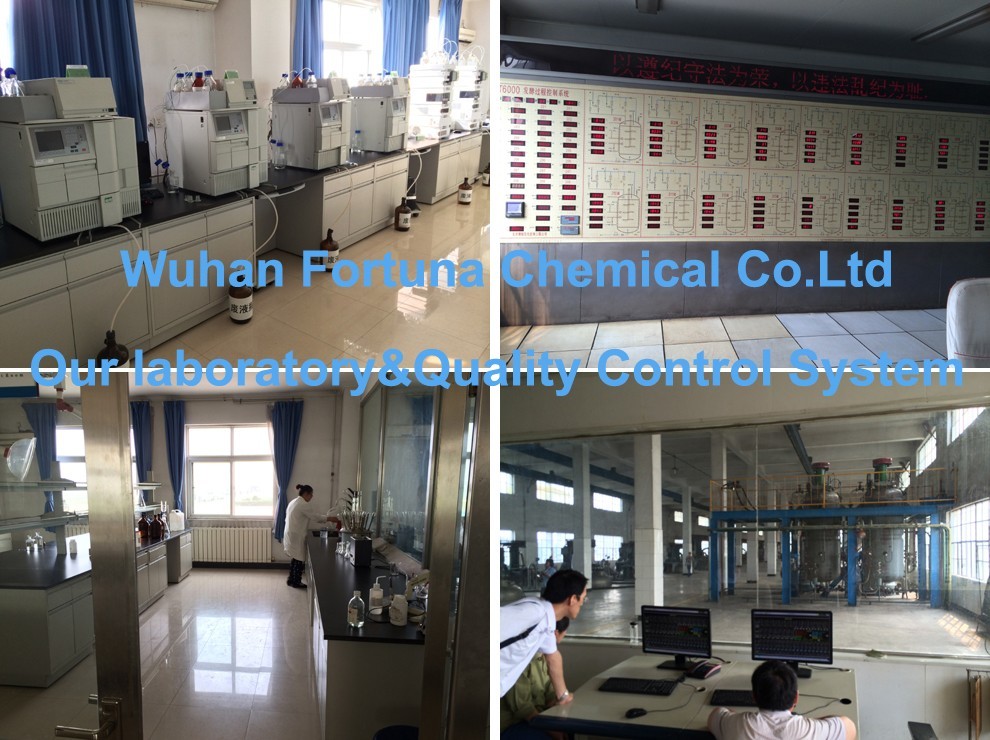
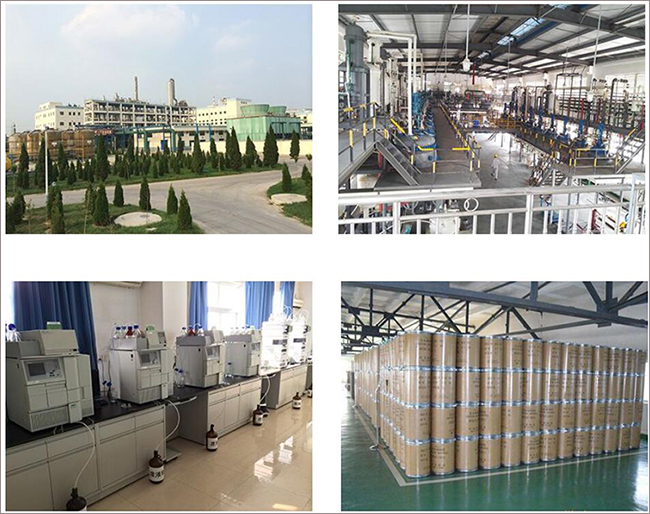

Guaranteed the purity
High quality & competitive price
Quality control
Fast feedback
Prompt shipment


Fortunachem Provides Not Only Professional Chemical Products But Also Professional Help
Keeping you up-to-date with all the latest information, news, and events about Fortunachem!

Quick Links
Add:
E-mail:
 English
English  Español
Español  français
français  العربية
العربية 

